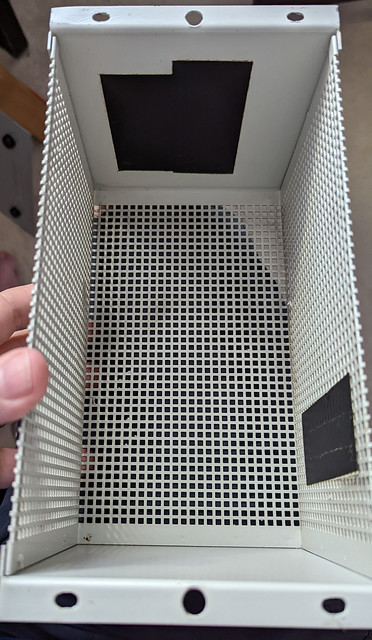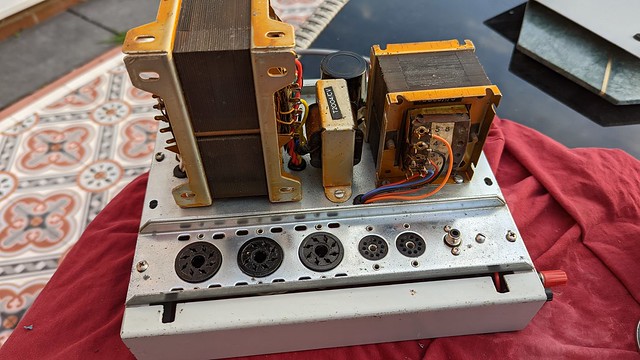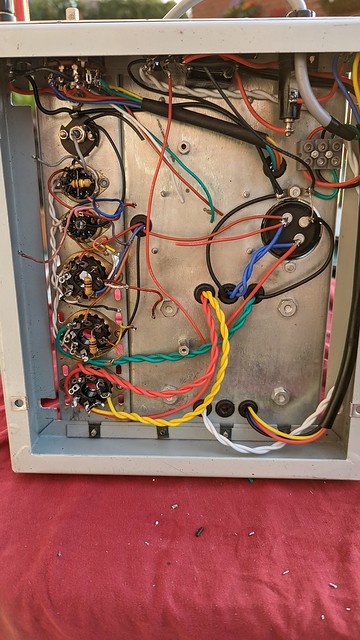Arkless Electronics
Trade: Amp design and repairs.
For such an amplifier, it’s well worth the clean up and re-wiring IMO. They don’t make anything like these nowadays.
Erm.... There's a bloke who just posted above you who very much does!
For such an amplifier, it’s well worth the clean up and re-wiring IMO. They don’t make anything like these nowadays.


I also discovered that the mains selection switch is broken, the pull out and twist bit. It pulls off, rather than pulls out - the little plastic shaft has been snapped in the past.I assume I will never find a replacement.

This is a useful place to go for Radford information https://groups.io/g/radford
Nice find and thread! I clearly need a Radford (or Leak) power amp in my life.
We all need..........euh, I meant WANT a Radford !Nice find and thread! I clearly need a Radford (or Leak) power amp in my life.
I suppose that wire link is at mains voltage?
 PXL_20220728_185247778 by Garf Arf, on Flickr
PXL_20220728_185247778 by Garf Arf, on Flickr PXL_20220729_191517601 by Garf Arf, on Flickr
PXL_20220729_191517601 by Garf Arf, on Flickr PXL_20220729_191507761 by Garf Arf, on Flickr
PXL_20220729_191507761 by Garf Arf, on Flickr PXL_20220729_191450440 by Garf Arf, on Flickr
PXL_20220729_191450440 by Garf Arf, on Flickr PXL_20220729_185913520 by Garf Arf, on Flickr
PXL_20220729_185913520 by Garf Arf, on Flickr PXL_20220729_185030721 by Garf Arf, on Flickr
PXL_20220729_185030721 by Garf Arf, on Flickr PXL_20220729_184924524 by Garf Arf, on Flickr
PXL_20220729_184924524 by Garf Arf, on Flickr PXL_20220729_184913163 by Garf Arf, on Flickr
PXL_20220729_184913163 by Garf Arf, on Flickr PXL_20220729_184841768 by Garf Arf, on Flickr
PXL_20220729_184841768 by Garf Arf, on Flickr PXL_20220729_154737747 by Garf Arf, on Flickr
PXL_20220729_154737747 by Garf Arf, on Flickr 2022-07-31_09-19-26 by Garf Arf, on Flickr
2022-07-31_09-19-26 by Garf Arf, on FlickrIt is very rewarding when it all works.Looks like working on it is as interesting as listening to it !
I think I will run over the heater connections on the valve bases, taking off the old solder, cleaning the joint and re-soldering.Personally, for such an old and wonderful amp, I would do new soldering by removing most of the old one with an iron taking care not to overheat anything and refill with new solder.
